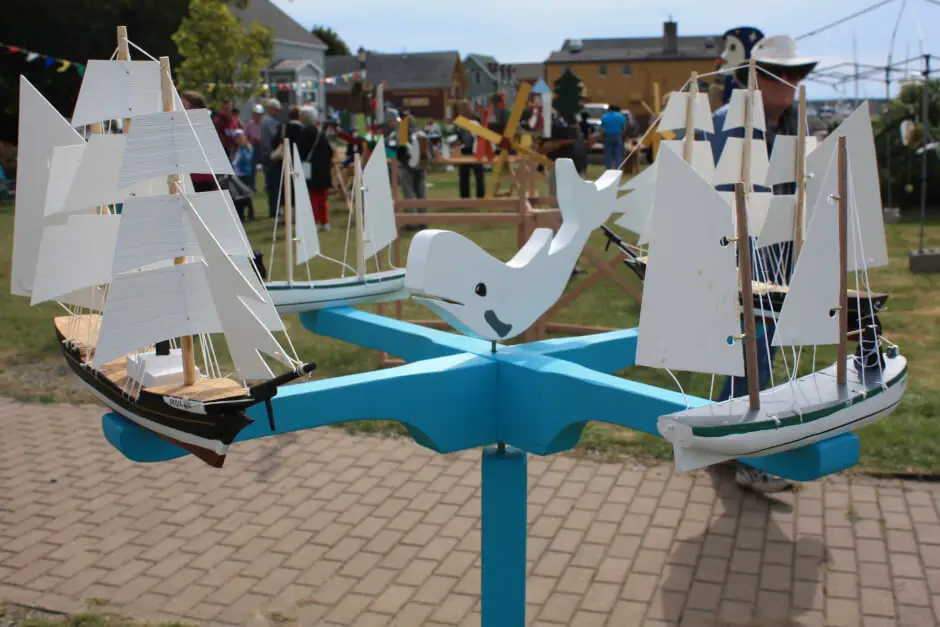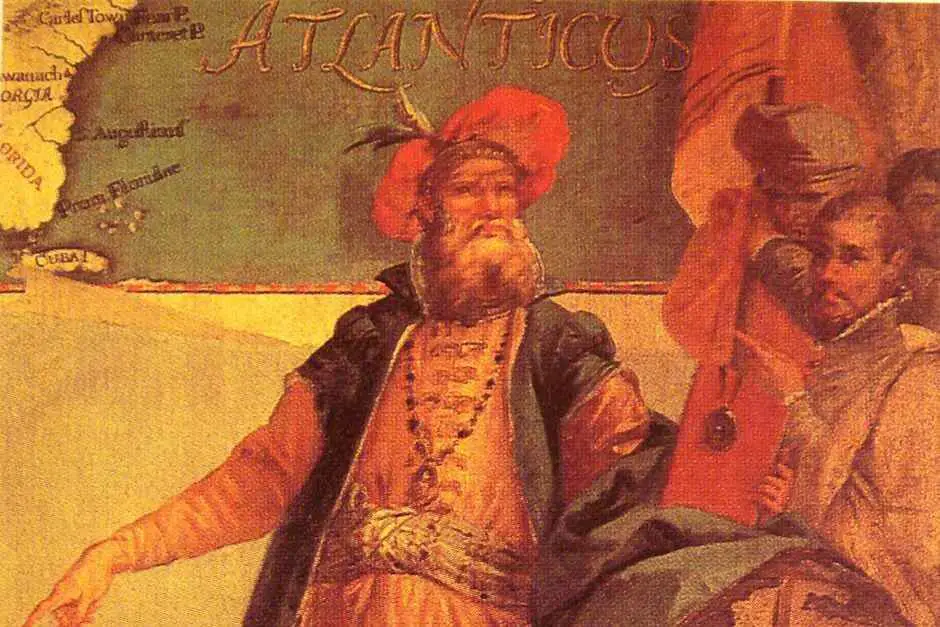How did the Christmas markets in Germany come about?
Every year, the Christmas markets in Germany lure visitors into a world full of scents, spice aromas, gingerbread and warming drinks during the Advent season. For us, too, Christmas markets are a goal that we like to head for. They are now available in many variations. They can be traditional. But there are also Christmas markets that stand out from the usual. who are more creative. more sustainable. Or also typical for certain ethnic groups. Have you ever wondered how and when the Christmas markets in Germany came about?
Christmas markets in Germany
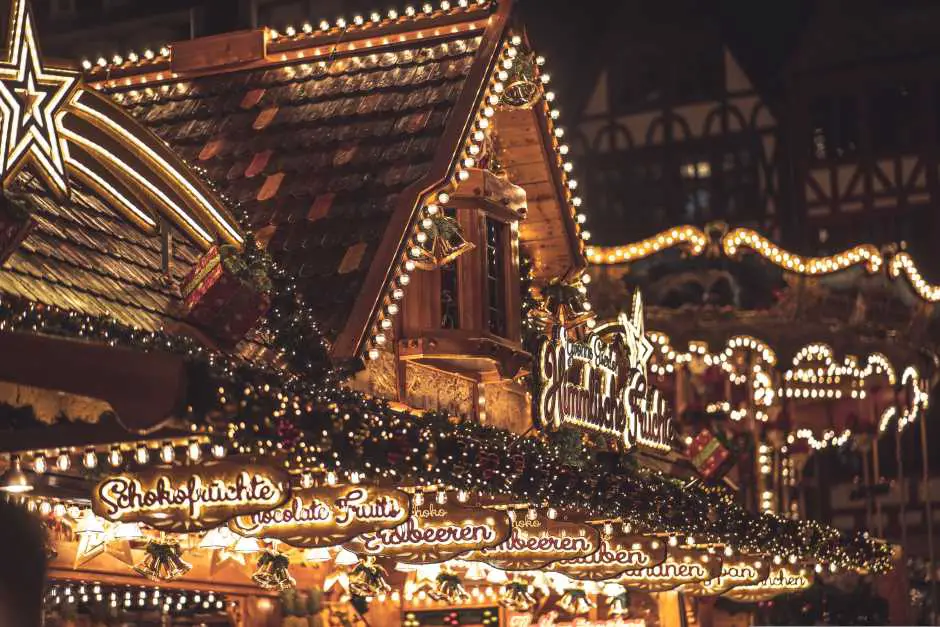
Originally it was supply markets and trade fairs
You have to go way back in history to do that. In addition, the voices do not agree on which is now the oldest Christmas market. However, it seems that these originated in Austria and Germany. However, the authors are not so precise with the data. If the author of an article in the world is to be believed, the first December market took place in Vienna held in 1296. The NDR puts the beginning of the Viennese “winter market” back to the year 1382. Yet another describes the Munich Christmas market as the oldest, which took place for the first time in 1310. At that time, this was still called the Nikolausmarkt. The Wenzelsmarkt in Bautzen also took place in the 14th century, starting in 1384. The Striezelmarkt in Dresden was held in 1434 for the first time. The Christkindlesmarkt in Nuremberg and the Lebzeltermarkt in Augsburg are similarly old.
Christmas markets in Austria
- Christmas market in Hellbrunn Palace
- Three Christmas Markets in Salzburg - from romantic to noble
- Salzburg Christmas in the Stiftskeller
- Christmas market on Domplatz in Salzburg
- Christmas on the fortress Hohensalzburg
- Christmas time in Vienna – the most beautiful Christmas markets
- You can find more Christmas markets in Europe here.
So there have been Christmas markets in Germany for hundreds of years. However, the early Advent markets served different purposes than the Advent markets in Germany today. The main aim of these winter markets was to provide the population with everything they needed for the winter. They were comparable to sales fairs. These gave the citizens the opportunity to get meat and other goods that they needed in winter.
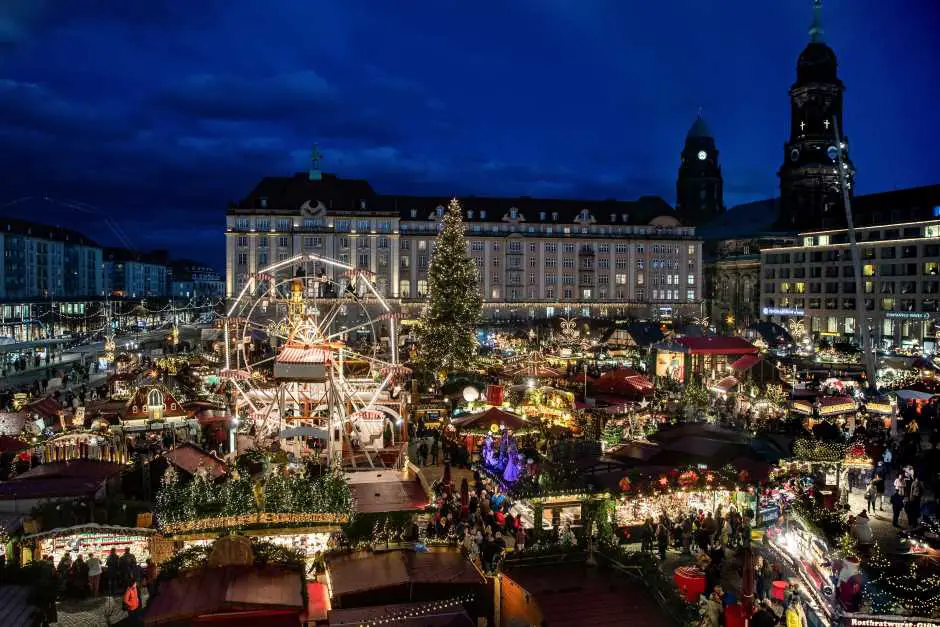
Lent before Christmas
Unlike Christmas markets in Germany today, these markets were all about supply. Because the time between St. Martin's Day and Christmas was a period of Lent at that time. At the St. Martin's Day one filled one's belly one last time before fasting for 40 days afterwards. Just like before Easter. Only the Advent weekends were exempt from fasting. Few know that today. Lent before Christmas was forgotten.
Nevertheless, people needed food for the winter. They could get these at these winter markets. The townspeople of that time also bought meat for the holidays at these markets.
The Christmas markets in Germany in the Middle Ages were held in the cities
Markets were something special in the Middle Ages. While people in rural areas were able to take care of themselves, this was different for city dwellers. Markets could only be held if rights to do so existed. City law was closely related to this. Craftsmen and merchants lived in the cities of the Middle Ages. Their tasks focused on these areas. In addition, they usually lacked the space in the city to raise cattle or grow vegetables themselves. Therefore, the sovereigns or city lords made it possible to organize markets at certain times of the year. The townspeople had the opportunity to get meat and vegetable supplies for their own consumption. Often these markets also offered opportunities to spend a special day.
Jugglers appeared on the markets and presented their tricks. Bänkelsänger performed their songs. And of course there were spices that the local farmers made themselves. Wine and spices were also included. The way to grog or mulled wine was not far away. Very similar to what we know from Christmas markets in Germany today.
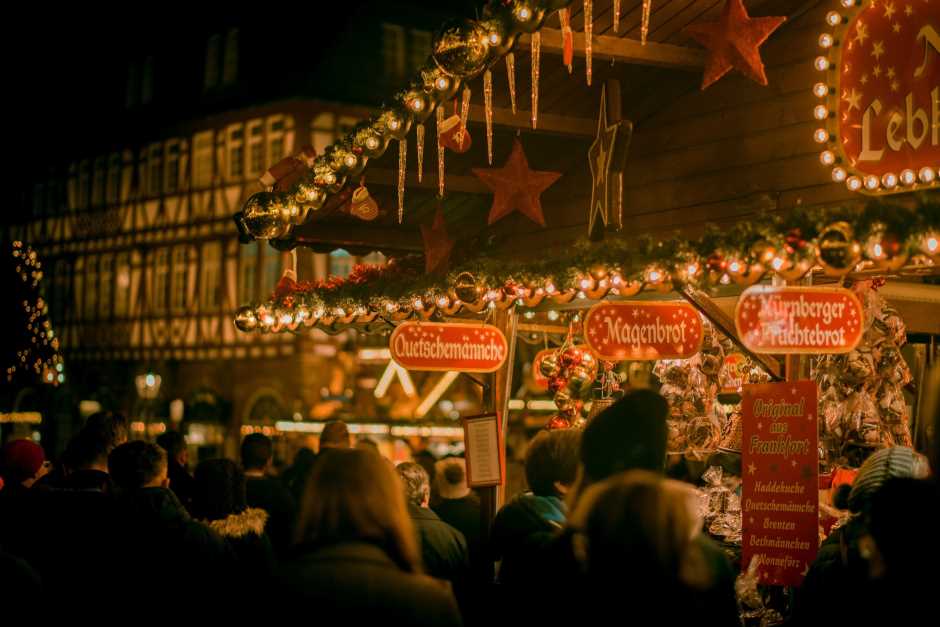
Christmas markets to get you in the mood for a Christmas party for the bourgeoisie
The step to the Christmas markets in Germany as we know them today was not far away. In the 17th and 18th centuries, Christmas increasingly developed into a family celebration. People began to give each other gifts. Toys for children appeared in the markets. Fasting in the run-up to Christmas faded more and more into the background. Instead, spiced wines were served at the winter markets. The specialties of the region also came more and more to the fore. The Dresden Christmas Stollen were created at that time. The first nativity scenes appeared in the markets. They originally came from Italy.
Christmas markets in Germany in times of crisis
There are hardly any exceptions where there were no Christmas markets in Germany. Only during the Second World War and the period afterward were there no markets during Advent. However, in the years before the outbreak of war, the Nazis used the markets for their own purposes propaganda purposes. Even during the Corona period, the markets were only closed at the peak of the pandemic. Although the change in energy production is now forcing people to save electricity, the markets are taking place. Maybe with lights turned off earlier than usual. Or with lamps that save electricity. However, very few people want to do without it completely.
Punch for home
You can also make yourself comfortable at home with this range of punch varieties. Order the punch here*.
If you purchase via a link marked *, we receive a commission, which we use to run this blog.
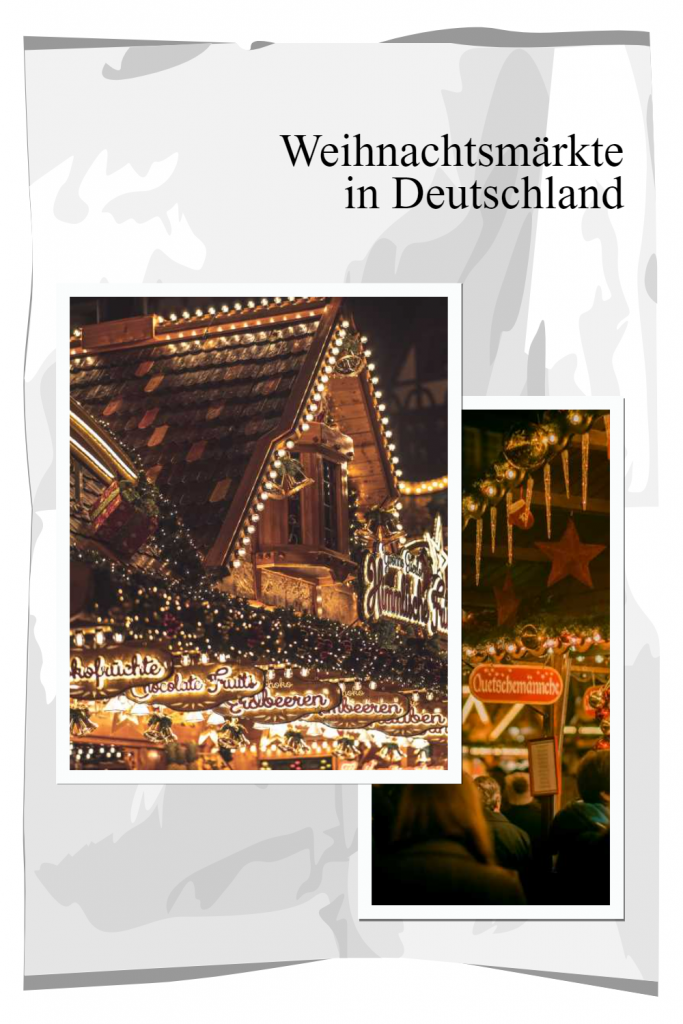
Do you know this?
- spirits
- City of Ochsenfurt and its sights
- Fish for the aquarium in Ucluelet, Canada
- Packing list winter vacation
- Germany vacation and travel tips
- Germany travel destinations
Source: own research partly with the support of local tourism authorities. However, our opinions remain our own.
Text: Monika Fuchs and TWO
Photos: Pixabay and Unsplash

